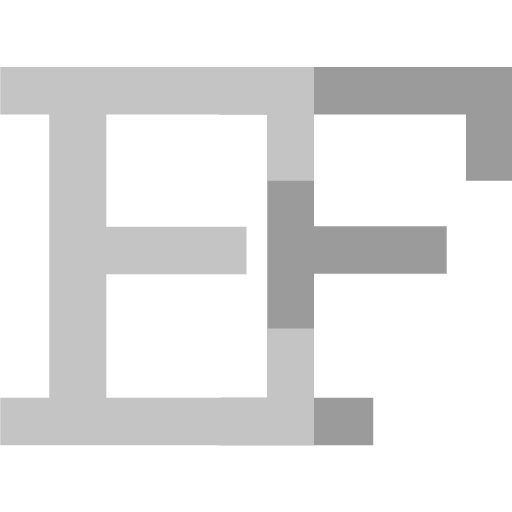“Drug Warrior: Inside the Hunt for El Chapo and the Rise of America’s Opioid Crisis” by Jack Riley, is more than just a book about a young DEA agent who helped chase the famed Pablo Escobar, before using decades of experience to capture Joaquín “El Chapo” Guzmán, the most influential drug lord of all time, in 2016. It’s a story about impact – how a drug kingpin in Mexico can dramatically alter a US city’s fate for years and decades, but also how big picture mentality and collaboration can help people rise to overcome obstacles and achieve their goals.
It’s the 1980s, and Jack Riley is a young DEA agent working in Chicago. By his own admission, he’s running tough with a Tony, a fellow agent and best friend, busting small time drug dealers in street arrests with low fanfare. Soon he comes to a realization about these drug dealers – they are each just a drop in the bucket, replaceable within a week. Riley understands that to really make an impact, they need to start moving up the ladder and busting the bigger distributors.
Soon, Riley and Tony are given the go-ahead to focus less on arrest numbers and more on arrest impact. Others in the DEA take note of this big picture mentality, and soon Riley is invited to D.C. to work on a few related government projects. Riley can’t go into much detail at this point, but this is where he works to provide research on Pablo Escobar, who only a few years later will be gunned down by police forces in Colombia.
At this point in his career, Riley has developed an ethos: everybody needs to communicate and share information. Everybody, meaning DEA, regional police, FBI, CIA, international law enforcement, and any other group of good guys holding information. It is this exchange of information that is so critical, and his emphasis on teamwork and open communications becomes a recurring theme throughout the book.
As he is promoted to new positions within various DEA units throughout the US, it becomes increasingly clear that Jack Riley is on a collision course with Joaquín “El Chapo” Guzmán, a violent and influential Mexican drug lord and head of the Sinaloa Cartel. It is this El Chapo whose drugs are landing in American’s heartland, consuming entire communities with addiction and violence. Have you ever wondered what connection El Chapo has to the U.S. pharmaceutical industry, or immigration, or gang violence? I didn’t until I read this book.
While Riley is open about his hatred for El Chapo, he does effuse compliments about the drug lord’s brilliance when it comes to marketing, distribution and forward thinking. El Chapo was always a few steps ahead, clearly understanding the big picture about American’s consumption for drugs and lack of awareness for how to combat it. In his own country, he starts at the top, using fear and bribery to essentially move about uninhibited throughout Mexico.
It would take more than busting low-level drug dealers in the US to bring down El Chapo, and Riley’s impressive focus on steady process and collaboration is ultimately the program that led to his arrest in 2016. During a coordinated raid, US and Mexican forces descended on El Chapo and – despite the best (or worst) efforts of edgy journalist wannabe Sean Penn – finally captured him for good.
It was a fitting end to the book, as Riley publicly stated his refusal to retire until El Chapo’s capture. “Drug Warrior: Inside the Hunt for El Chapo and the Rise of America’s Opioid Crisis” provides historical context surrounding infamous drug dealers and some of the woes that plague the US, but it’s also inspiring in telling the story of how so many can come together and move mountains. It’s a fast, non-political read that explains the root of the incredible drug problem America has today, as well as the detriments of shortsighted approaches to fixing it.

Leave a Reply